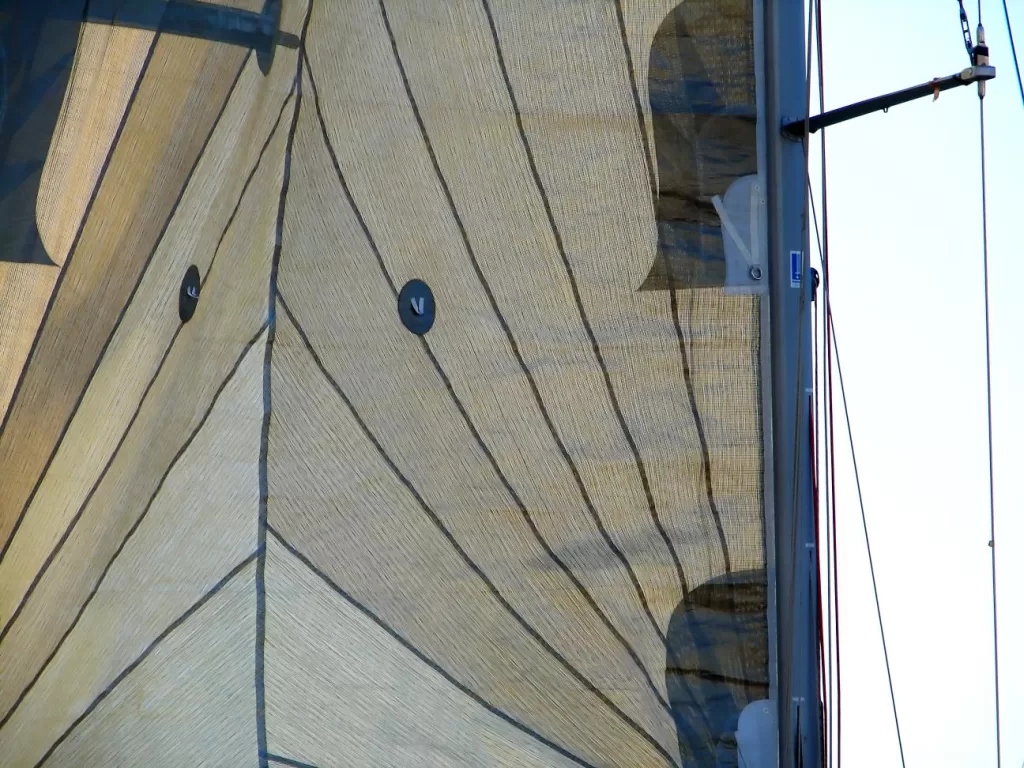Brave The High Seas with Aramid Sails!

Sails have been made of most fibres known to humans: cotton, flax, wool, nylon, and polyester. While these are all solid choices for sailcloth, advanced fibres like aramids and carbon fibres have become more common materials. They are particularly suited to high-performance applications, like in sails on racing yachts.
Types of Aramids Used
Aramid sailcloth is usually made from para-aramids, like Kevlar, Twaron, and Technora. We have written a blog post about such para-aramids before. Kevlar, Twaron, and Technora, while all broadly similar, have slightly different characteristics, meaning that application of the sailcloth can be a deciding factor in which para-aramid to choose. Even each brand of para-aramid has sub-types, with different characteristics like their tensile moduli. This means that aramid sails often use and are advertised with specific a variety of para-aramid sub-types, depending on their use cases.
How Are Aramids Used in Sails?
There are two types of sails, which are suited to different uses: some sails use a standard woven sail cloth while some use a more advanced laminated cloth. Standard woven sails are more suited to cruising and for someone with less sailing experience, while laminated boat sails are more suited for racing and for people with significant boating experience. Laminated sails are also more likely to include the use of advanced filaments like yarn and aramids than standard polyester ones. In either case, the sails can be made of several layers of fabric that are combined at offset angles, to increase strength in multiple directions.
In addition to being woven as the main component of sailcloth, aramids are used to reinforce sailcloth along the bias grain, meaning at a 45° angle to both the warp and weft directions of weaving. This reduces the extent to which the fabric will stretch in the bias direction. As sails stretch, they become progressively more difficult to control, meaning that sails have limited lifespans.
So, by reducing stretching, aramids can extend the overall lifespan of a sail, potentially reducing lifetime costs. Aramids’ long-term resistance to stretching is a valued quality when it comes to sailing. In practical terms, an aramid sail could last twice as long as an equivalent sail made of more basic materials, with a much smaller price difference.
Why Are Aramids Useful in Sails?
Additionally, aramids of all kinds see significant weight and tensile strength advantages over standard natural and synthetic fibres. For any given required level of fabric strength, an aramid fabric will be lighter. This means that in sailing yachts boats, particularly racing ones, the boat can travel faster all else being equal. When racing, this can be the difference between winning or not winning. Racing yachts in particular are starting to explore and use carbon fibres in their laminated sails, although these are expensive and generally designed for a single competition before having to be replaced. You can read more about the carbon fibre that SageZander can provide.
Multilayer fabrics, like sails, can be constructed in such a way to protect the aramid fibres themselves from the harsh and lifespan-limiting effects of saltwater and UV rays; the outer layer can be constructed of another material, while the interior aramids provide the majority of the strength of the cloth. These covers are often made of materials like Mylar, a type of polyester film.

